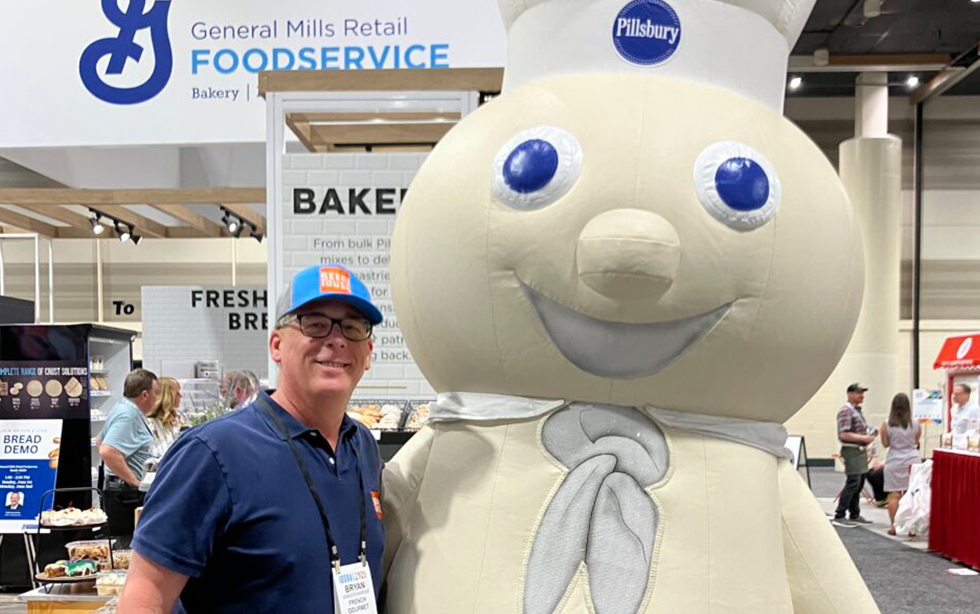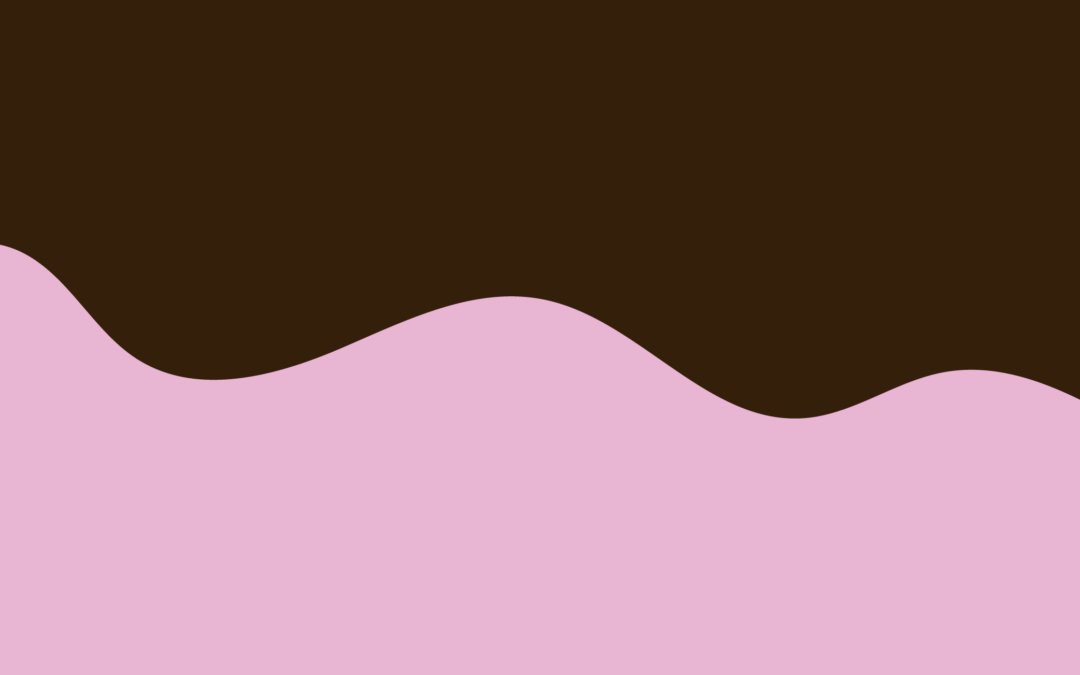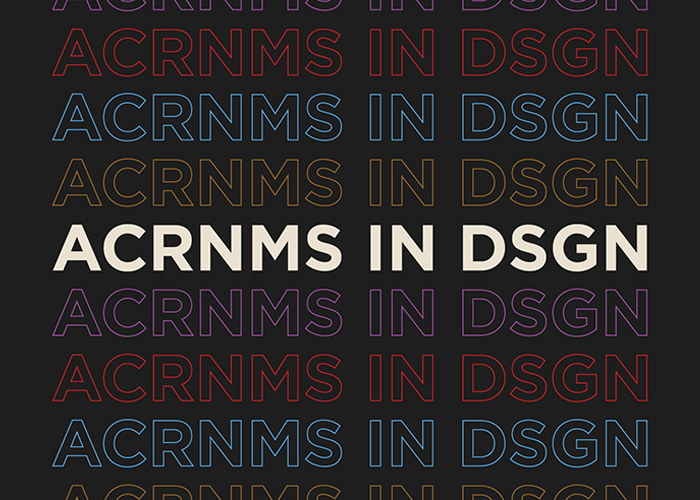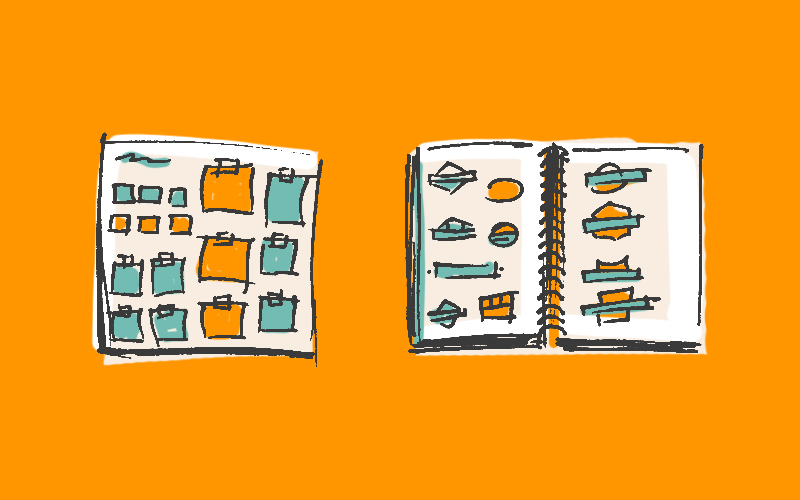
How do we begin creative concepting for each client?
The creative exploration step in our process is where we translate the strategy that we developed previously (see Brand Strategy & Brand Story) and, with equal parts smarts, skill and talent, turn it into absolute design magic.
It starts with strategic design thinking.
We begin with the whole team together, reviewing strategy, brand definition and the target consumer to both refresh and expand our thinking. After generous discussion, we start to brainstorm different conceptual directions that might hit our brand’s target. These are the beginnings of our concept buckets.
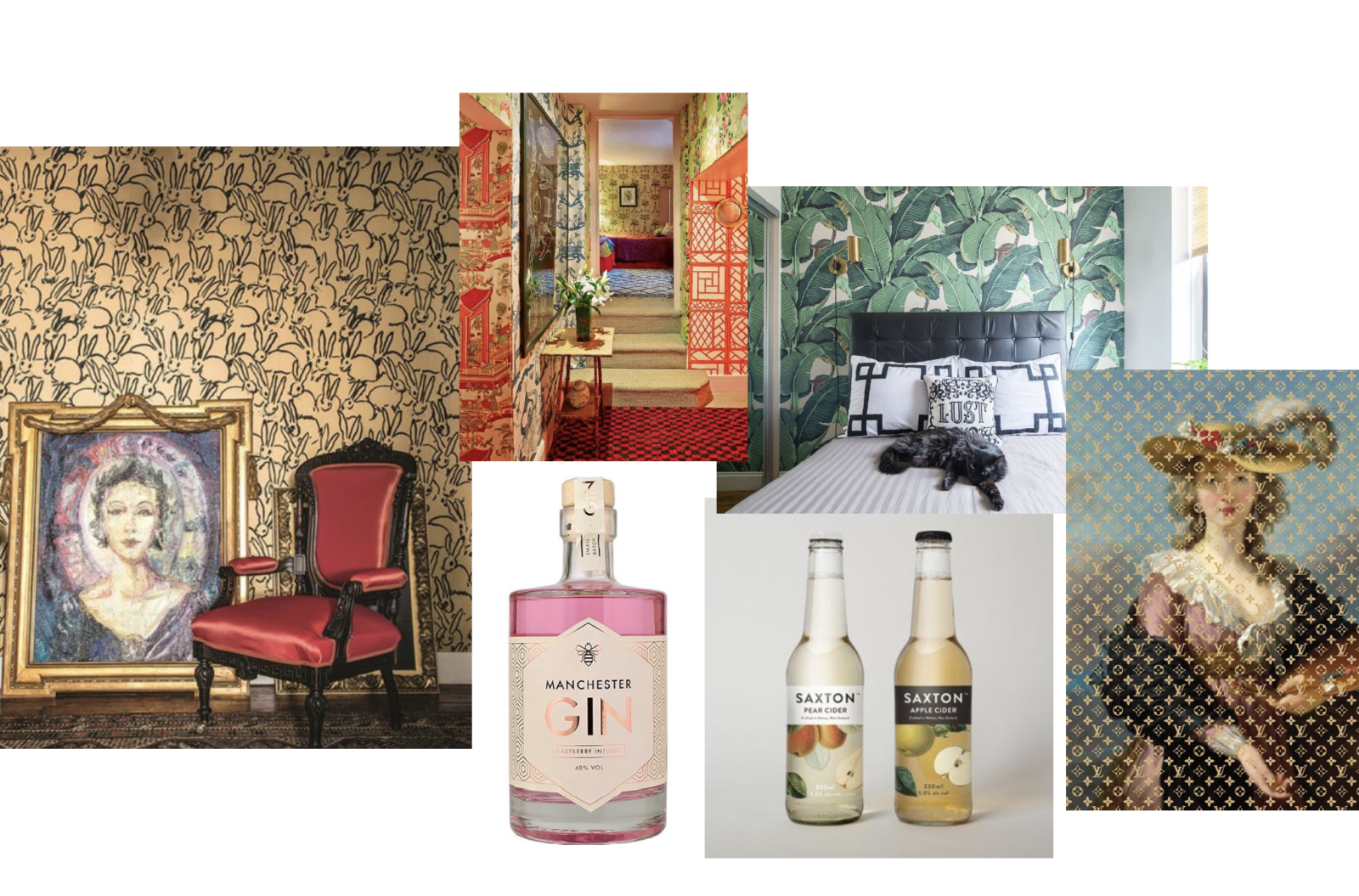
[example concept bucket / moodboard]
Concept Buckets
Concept buckets are loosely-defined, conceptual areas to investigate. Each concept bucket allows us to turn the dials on different brand attributes and to play to various aspects of the target consumer’s preferences. Think of it like your brand’s sound system. By adjusting the treble, bass, and volume aka the brand attributes, we can figure out how to perfectly communicate the brand. Our goal in defining these buckets is to fine tune the visual strategy. Getting the visual strategy right allows us to help the brand stand out against the competition and connect with the target consumer, as defined in our audit & immersion. We are bringing the brand story to life to create an emotional connection with the target consumer, and optimize findability.
Our visual buckets begin as physical collages, loose sketches, and digital moodboards on screen. Large 4’x4′ poster boards organize the design clippings, sketches and ideas. These initial boards stay out in the open in the studio and can travel with us from meetings to our desks. They allow for healthy discussion, thought specificity, and fodder for additional ideas or improvements. Eventually, as we combine, dissect, and refine these buckets, they culminate in the moodboards that set up each concept in the creative presentations. Sketching is an important part of this process, as we can quickly share ideas and explore early hypotheses.
Creative Design Exploration
After nailing our creative directions, our designers split off and create preliminary concepts guided by our initial conversations. Magic starts happening. We often explore custom drawing, paintings, cut-paper, digital design, hand lettering and font exploration. We’re not afraid to get our hands dirty, to create kick-ass design and to take joy in the mess of the process. After all, we search for what best fits a given strategy. Sometimes that’s an element crafted by hand or sometimes by using technical tools.
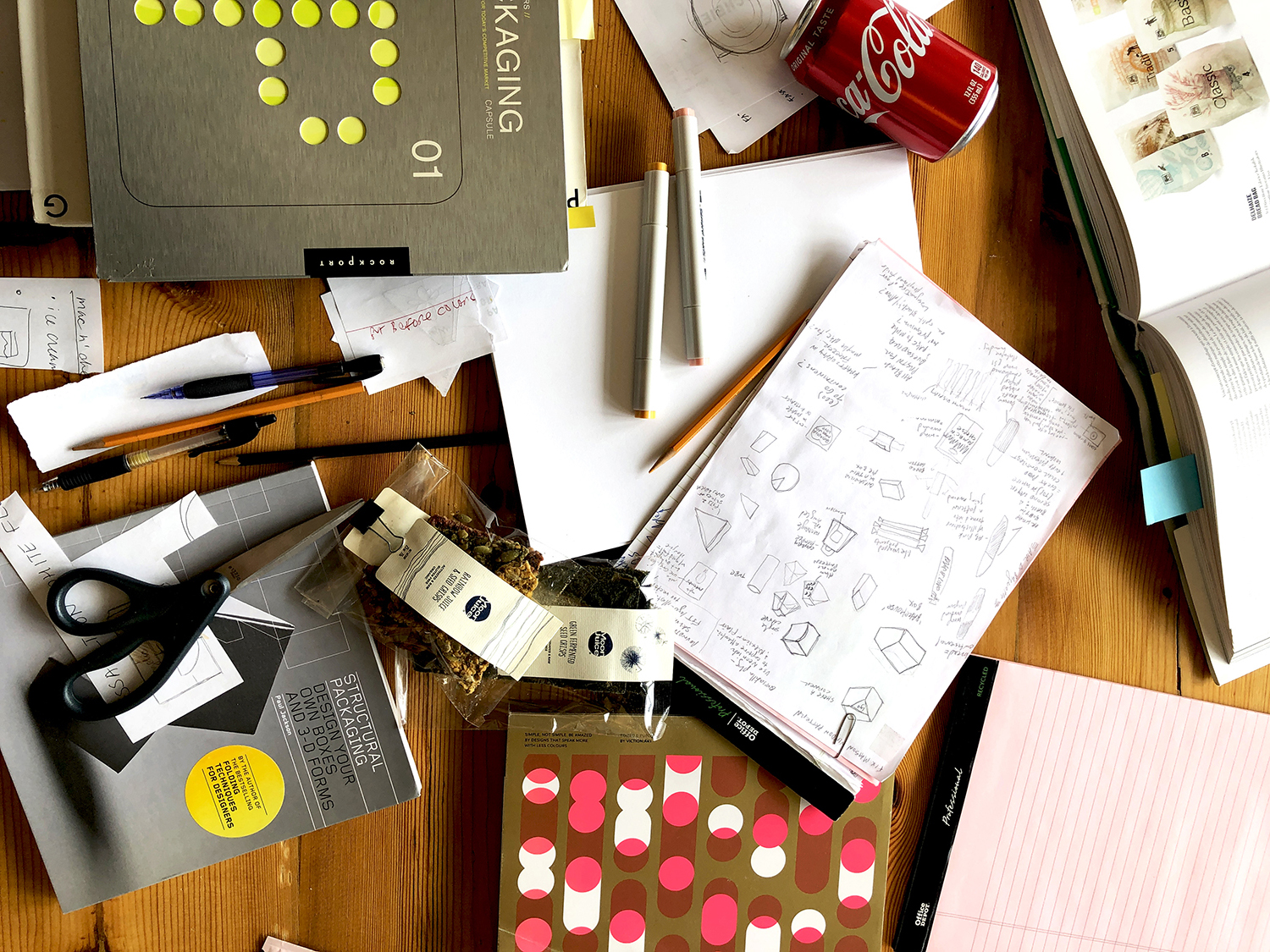
Design Internal Review
Throughout the process we hold work-in-progress meetings to internally review work and critique as a group. Everyone on the team lends their voice & opinion. Internal reviews start with a quick review of the strategy and concepts are balanced against a list of evaluative criteria. The goal remains objectivity.
We break down visual values, recognition, trends, strategy and competition in order to push concepts forward. If a concept isn’t working out quite right, or doesn’t meet the standards per our design strategy, it gets put on hold. This is a natural part of the process where we whittle down our buckets (directions). Through this process of distillation, we develop our best ideas.
Contextualization
After several rounds of internal review and refinement, we decide on our best concepts and tighten up our renderings and shelf shots. For packaging assignments, we review and eventually show final design concepts in context. Design doesn’t live in a vacuum.Therefore showing a conceptual package on-shelf becomes crucial in order to see if it successfully stands out among the competition and works in a given set or planogram. For branding assignments, we’ll build pro forma items (business cards, website mockups, media, incidentals, etc.) to see how the brand extends across multiple applications. Afterward, we review it all one more time to make sure the details work together. The designs must deliver on the brand definition and strategy. In this considered process, we try to solve for issues ahead of time so that you can focus on growing.
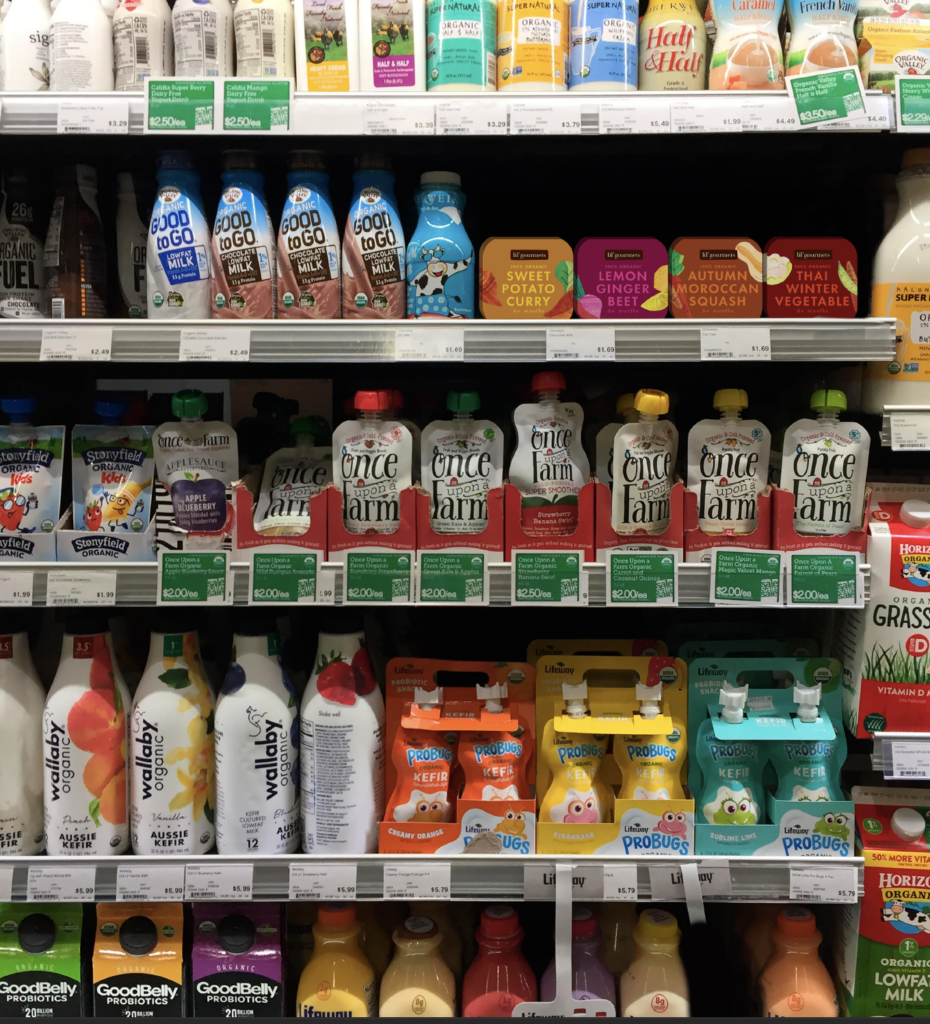
[an example of an earlier lil’gourmets concept moving to a shelf shot]
When the Creative Exploration Process ends clients select a concept or two, we move on to the Design Refinements phase – where we refine and expand upon the chosen concept with their feedback. To read more about the Seedhouse process, check out these blogs: Brand Strategy & Brand Story, How to Get the Most Out of Your Package Design, and Naming – Our Philosophy and Process.

